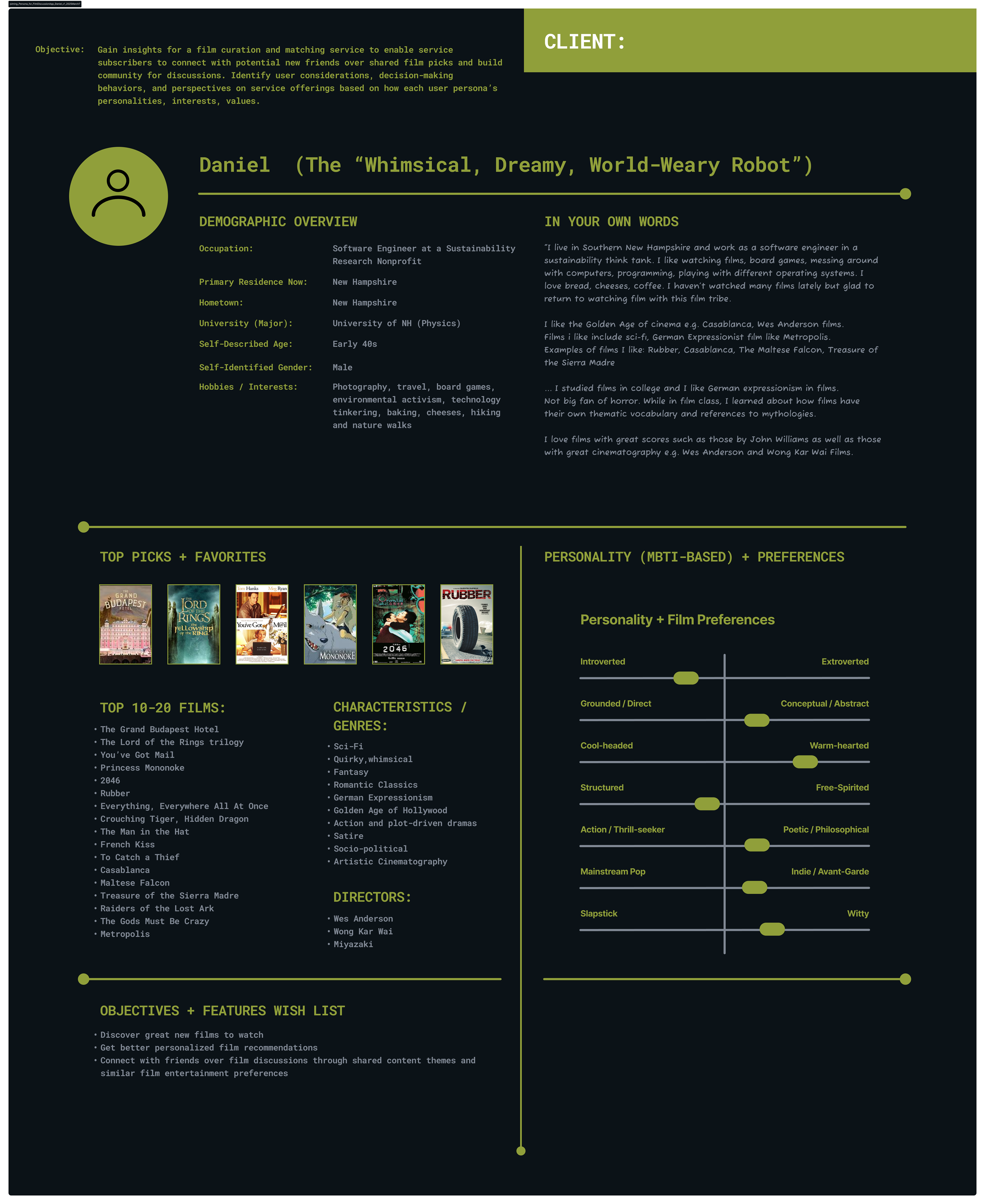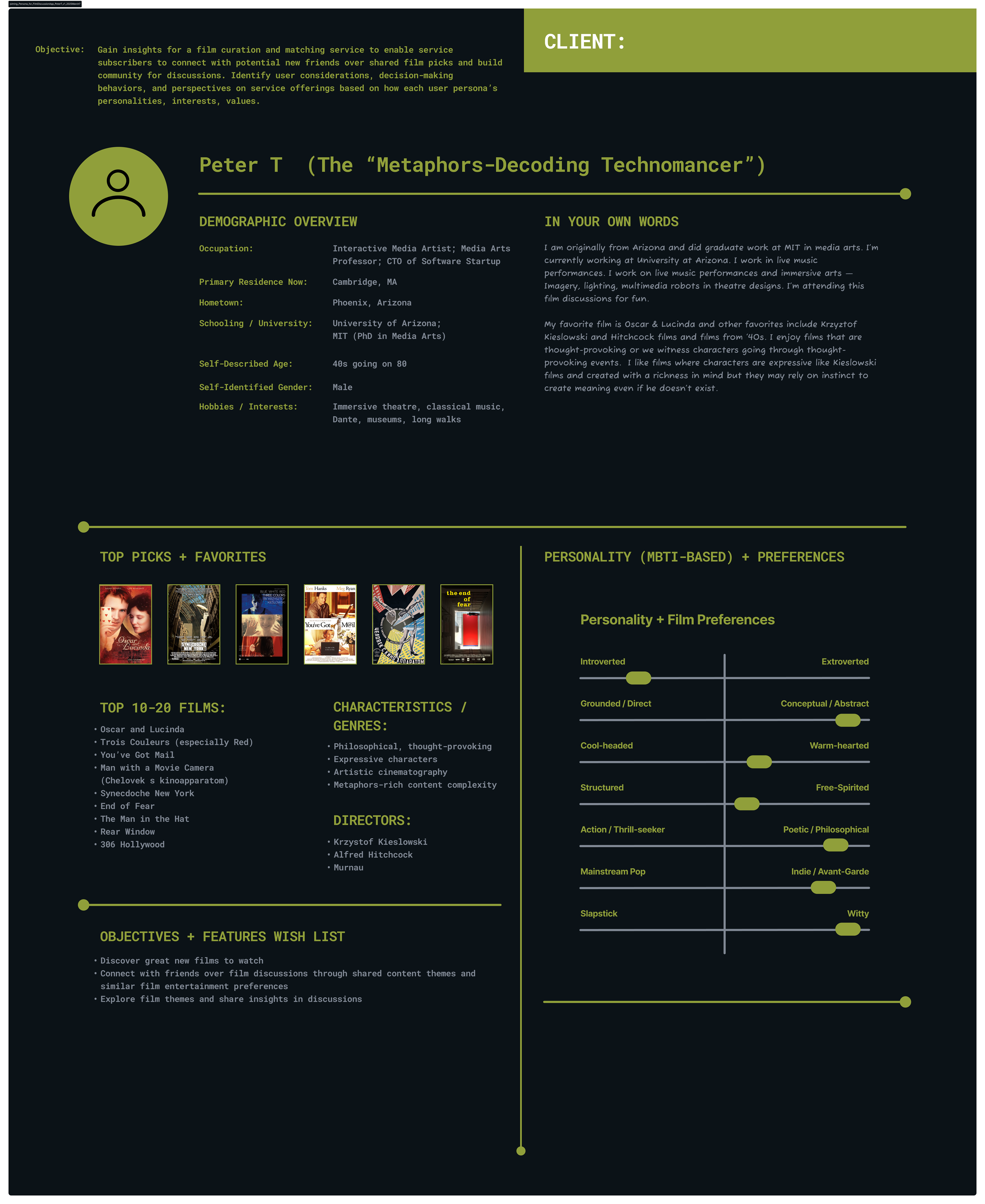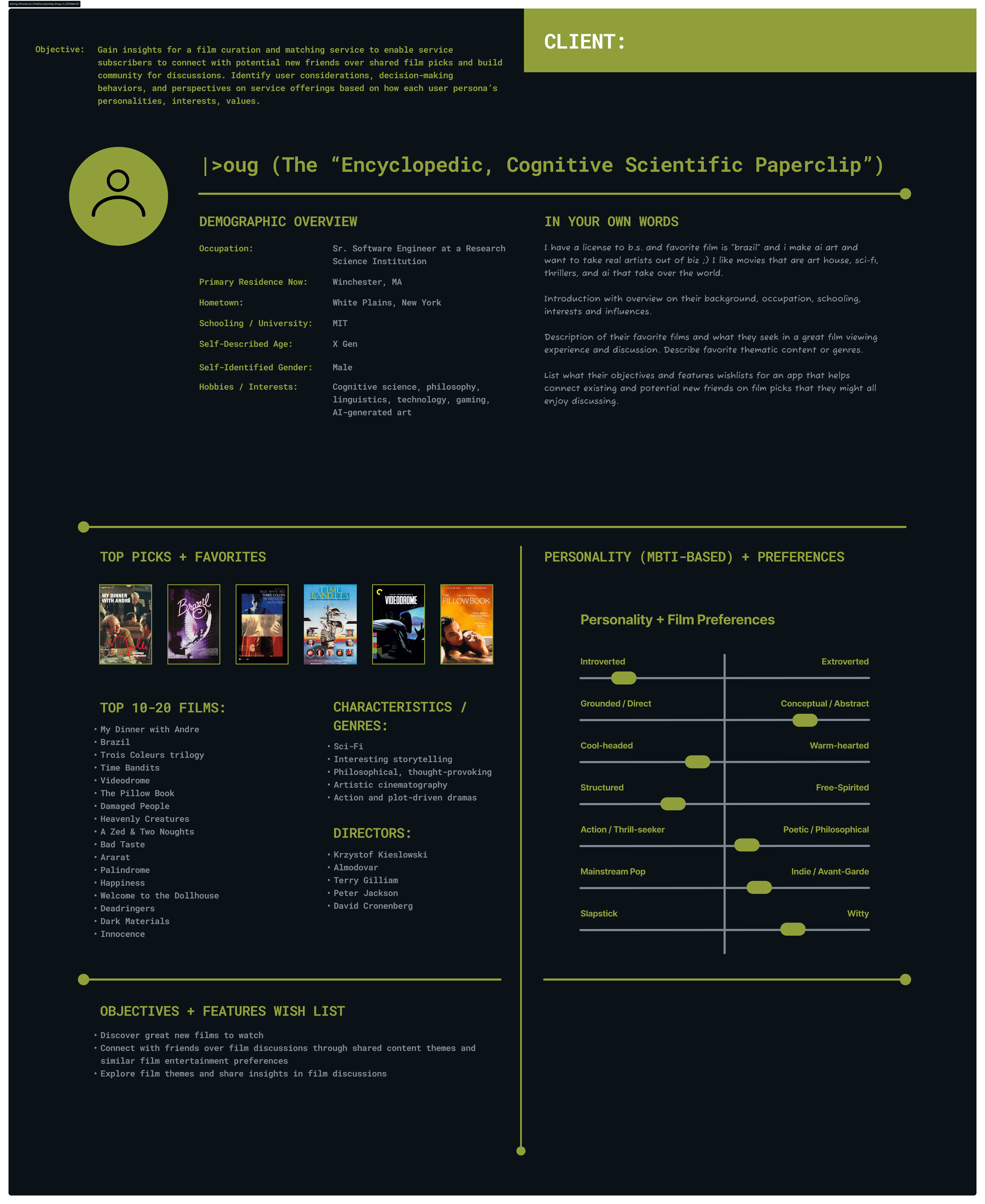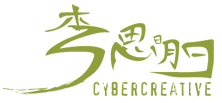Siming Cybercreative:
Architecting meaning. Designing enlightened experiences,
I help make your business plans come to life.
Architecting meaning. Designing enlightened experiences,
I help make your business plans come to life.
I create UX / UI product design solutions and offer blue ocean innovation strategy consultations to help startups, small businesses, and global brands ideate new services and features that tap into new potential markets and strengthen their current user-experiences to help make the value of their services more transparent.
I am open to different working arrangements—whether as a Senior UX/UI Product Designer in a permanent full-time role or as an independent consultant on hourly contracts, part-time or full-time retainers, and contract-to-hire scenarios.
A DESIGN THINKING METHODOLOGY
I work within a business-focused, user-centered design thinking framework (Empathize, Define, Ideate, Prototype, Test), adapting my methodology to suit each project's unique needs and constraints. While working at larger corporations such as TripAdvisor, Monster Worldwide, and McGraw-Hill Education with their own dedicated UX research teams, I authored customer interview questions, usability test scenarios, and interactive prototype scripts used in online sessions. After user-testing, I collaborated with UX researchers, product managers, and marketing stakeholders to analyze results and define actionable design improvements.
I also work with small businesses for a quick, leaner process to discover actionable insights from conducting guerilla-style stakeholder interviews, market research, competitive analyses, and other discovery research as well as validating hypotheses with A/B testing. If you should then need a responsive mobile web design or app design to market your services, I can create an informational brochureware site for you and / or help you design your product app. For more technical functionality, I typically collaborate with engineers from the client's team these days. However, I have worked in previous years solely as an independent consultant collaborating with my full-stack software engineer friend and former project partner Ben in our undergrad MIT web design course. I have recruited product manager and copywriters to help build up my client's startup team as well when needed.
EMPATHIZE / DISCOVERY PHASE
Stakeholder Interviews + Competitive Analyses
Stakeholder Interviews + Competitive Analyses
When working with clients, I immerse myself in understanding their industry and the trends affecting their market position. Through structured stakeholder interviews and market research, I focus on identifying each client's unique competitive advantages and growth opportunities.
My process adapts to client needs and project scope. For solo entrepreneurs and startups, I begin with a comprehensive questionnaire to capture details on my clients' products, services, target audiences, competitors, value propositions, and brand characteristics. This leads to collaborative strategy sessions where we define project scope and identify design opportunities.
For established companies, I work alongside their existing research teams or conduct focused stakeholder interviews to align on user needs, business objectives, and technical constraints.
Empathy Mapping Workshops
During the Discovery phase, I may facilitate empathy mapping exercises to align teams around user needs and perspectives. These collaborative sessions invite stakeholders, team members, and when possible, actual users to document insights across key areas: The information captured here is then used to generate a persona profile or proto-personas. In this example, these six coral, blue, purple, and green boxes represent stickies for each of the six individual participants to populate each section in response to these section prompts.
There are different versions of Empathy Maps, but here's my take on what I consider important sections to capture perspectives, context, and objectives:
⒈ Gains / Objectives: What are your tasks, short-term objectives, or big-picture aspirations?
⒉ Pains / Challenges: What are your pain points, obstacles that you face in completing your tasks?
⒊ Values / Priorities: What are your values, priorities, and feelings when making decisions?
⒋ Context / External Influences: What and who influences your decisions or behaviors?
⒌ Actions / Behaviors: How do you act or what tasks do you do in a given situation?
⒍ Sensory Observations: What do you see, hear, taste, smell or feel that influences your perspectives and actions?
DEFINE PHASE
Persona Development
Persona Development
Following empathy mapping or stakeholder interviews, I define target audiences for our eCommerce or product design. If there are many target audiences with complex customer engagement phases, I may create persona profiles or proto-personas to help us visualize the end users. It's in this discovery and definition phase that I may uncover new opportunities for innovation in my clients' service offerings or a way to make their distinct value more apparent to prospective or existing customers.
I create customized persona profile templates for different industries and clients, because I believe that capturing different relevant types of information offer a more insightful perspective on the various personas that may use the app. While at Wellesley College, my undergrad studies included personality psychology, sociology, anthropology, biology, economics, and philosophy of self and world which inform my methodology in capturing various characteristics that factor into our decisions and perspectives on the world as well as my understanding of a breadth of industries.
Persona Profiles — Case Example v1:
Film Discussion App
Film Discussion App
In this first case example, I created persona profiles for my film discussion-based creative workshop group that represents different target audiences for my potential app concept that would recommend films to watch with friends or family for thought-provoking discussions. It could also be a means to form new discussion groups to make new friends based on shared film preferences. I love hosting film discussions inspired by my high school AP English literature courses that focused on analyzing thematic content, metaphors and allegories as well as my philosophy and other humanities courses at Wellesley College. I also organize film discussions around documentaries on various topics including linguistics and theories of mind, anthropology, climate change and sustainability, etc. I create topic agenda for each of my zoom-based remote and in-person gatherings as the discussion lead. These film discussion sessions are workshops in creative collaborative analyses.
Here is an example of a persona profile for my film discussion app. In this sample persona for me as Janey (the "Nostalgic, Philosophical Metaphors-Weaver"), I captured the following:
⒈ Demographic Overview: Occupation, primary residence, gender, age range, education, interests.
⒉ In Your Own Words: Describe your preferences and perspectives on films.
⒊ Top Film Picks + Favorites: What are your top 10-15 films that you enjoy watching or that you feel are representative of your interests and personality?
⒋ Film Characteristics / Genres: What are your favorite film genres or characteristics that you notice you like about your favorite films?
⒌ Directors: Do you have favorite film directors that tend to create films you love?
⒍ Personality + Film Preferences: Traits that influence content preferences inspired by Myers-Briggs Type Indicator's 16 personality types.
⒎ Objectives + Features Wish List: What features and functionality would you like it have?
Other sample persona profiles of my film tribe members — Daniel, Peter T, and Doug — for you to get a sense of how each persona type differs in film taste and preferences and are represented.

Daniel (The "Whimsical, Dreamy, World-Weary Robot")

Peter T (The "Metaphors-Decoding Technomancer")

Doug (The "Encyclopedic, Cognitive Scientific Paperclip)
Persona Profile — Case Example v2:
Travel Guide App (e.g. Client: TripAdvisor / Viator)
Travel Guide App (e.g. Client: TripAdvisor / Viator)
While working with travel industry clients like TripAdvisor and SmartDestinations, I developed personas that reflected different traveler motivations and planning behaviors:
Here is an example of a persona profile for a travel app I created that captured the following:
⒈ Demographic Overview:
Occupation, gender, age range, primary residence, hobbies and interests. Do you tend to travel solo or with companions (s/o, friends, family with kids, etc)? What role do you play in trip planning?
Occupation, gender, age range, primary residence, hobbies and interests. Do you tend to travel solo or with companions (s/o, friends, family with kids, etc)? What role do you play in trip planning?
⒉ In Your Own Words:
Describe your travel experiences and perspectives on travel in your own words.
Describe your travel experiences and perspectives on travel in your own words.
⒊ Top Travel Picks + Favorites:
What are the top 5-10 places you have visited?
What are the top 5-10 places you have visited?
⒋ Travel Interests:
When you travel, what interests you? What do you like to experience? How do you choose destinations?
When you travel, what interests you? What do you like to experience? How do you choose destinations?
⒌ Activities:
What kind of activities do you like to do while traveling?
What kind of activities do you like to do while traveling?
⒍ Go-To Guides:
Where do you like to get your recommendations on where to travel and what to do while traveling?
Where do you like to get your recommendations on where to travel and what to do while traveling?
⒎ Personality + Travel Preferences:
I captured personality traits and travel preferences that I think would factor into more personalized travel experiences.
I captured personality traits and travel preferences that I think would factor into more personalized travel experiences.
⒏ Objectives + Features Wish List:
How would you like this travel app to help you? What type of features and functionality would you like it have?
How would you like this travel app to help you? What type of features and functionality would you like it have?
DEFINE PHASE
Customer Journey Map — The Collaborative Mapping Experience
Customer Journey Map — The Collaborative Mapping Experience
After persona development, I may create journey maps which is essentially a spreadsheet documenting the steps the persona undergoes at various touch points to meet their objectives and the challenges the persona faces. Journey mapping may be particularly elucidating for companies with more complex user task flows that requires more detailed documentation.
Journey mapping may be a collaborative exercise with stakeholders and prospective customers, using color-coded activities where participants document steps, pain points, and emotional states. This collaborative approach helps teams identify gaps in user experience and opportunities for innovation. In this example below of an interactive group effort, we would give each participant different color-coded sticky to document the steps they think this persona type would complete, pains and gains, and touchpoints they would conduct these tasks. I would then suggest that the participants tack on a content, neutral, or dissatisfied emoticon to the site features, functionality, or content that they have issues with to improve the user-experience.
Customer Journey Map — A Sample Completed Customer Journey
Here's a sample customer journey that I created below that could summarize the insights from the collaborative journey mapping process above or could be the result of gleaning insights from secondary research, stakeholder interviews, focus groups, diary studies, etc. Here's a journey map I created for TripAdvisor/Viator, documenting the complete user experience from research to booking and on-trip access. This journey map included actual screenshots and identified specific friction points (marked with dissatisfied emoticons) alongside successful interactions, providing clear direction for improvement priorities.
EMPATHIZE + DEFINE PHASES
Competitive Analyses + Other Innovation Strategy Documents
Competitive Analyses + Other Innovation Strategy Documents
My competitive analysis goes beyond feature comparisons to identify market positioning opportunities and innovation gaps. Here are case studies from recent client projects:
⒈ Boston Globe
I was the Sr. Interactive Visual Designer at Mobiquity, an omni-platform / mobile apps consulting agency tasked with designing new UI design of Boston Globe's native iPhone designs. I conducted comprehensive competitive landscape analysis of the media space, examining how different publishers—from established giants to digital upstarts—presented their brands and content. This analysis informed Boston Globe's mobile strategy and visual positioning. (2012)
I was the Sr. Interactive Visual Designer at Mobiquity, an omni-platform / mobile apps consulting agency tasked with designing new UI design of Boston Globe's native iPhone designs. I conducted comprehensive competitive landscape analysis of the media space, examining how different publishers—from established giants to digital upstarts—presented their brands and content. This analysis informed Boston Globe's mobile strategy and visual positioning. (2012)
⒉ Barnes & Noble College
As the principal Sr. UX Designer consulting at BNED, I developed competitive landscape and eCommerce feature analyses for the VP of Product team. I identified opportunities for innovative services such as personalized course management, tourism and events-based community development, centralized FAQs help center, philanthropic concepts, lifetime learning and networking features for on-campus and virtual students, parents, and alumni. (2019)
As the principal Sr. UX Designer consulting at BNED, I developed competitive landscape and eCommerce feature analyses for the VP of Product team. I identified opportunities for innovative services such as personalized course management, tourism and events-based community development, centralized FAQs help center, philanthropic concepts, lifetime learning and networking features for on-campus and virtual students, parents, and alumni. (2019)
⒊ McGraw-Hill Education (MHE)
As Sr. UX/UI Designer and the principal information architect, I led the content strategy with the streamlining and templatization of over 300+ microsites and the browse and the search UX design across the integrated PreK-12 and higher ed eCommerce platform. My competitive analysis helped identify opportunities for integrating PreK-12 and higher education content more effectively. In addition, I served as the principal UX / UI Designer on the International Division’s eCommerce site redesign and standardization of templates for global markets. MHE’s textbooks and digital adaptive learning products are designed for faculty, students, admin, and professionals. (2014-18)
As Sr. UX/UI Designer and the principal information architect, I led the content strategy with the streamlining and templatization of over 300+ microsites and the browse and the search UX design across the integrated PreK-12 and higher ed eCommerce platform. My competitive analysis helped identify opportunities for integrating PreK-12 and higher education content more effectively. In addition, I served as the principal UX / UI Designer on the International Division’s eCommerce site redesign and standardization of templates for global markets. MHE’s textbooks and digital adaptive learning products are designed for faculty, students, admin, and professionals. (2014-18)
IDEATE PHASE
Detailed Annotated Wireframing Ideations + Interactive Prototyping
Detailed Annotated Wireframing Ideations + Interactive Prototyping
My wireframes function as proposed architectural blueprints of detailed ui that outline the features, functionality, content, interaction states, etc for a responsive mobile website or native app. Here are links below directing you to projects in which I created detailed annotated wireframes to communicate new Northstar feature proposals to key decision-making stakeholders — directors and VPs of product development and functionality to developers.
⒈ Monster Worldwide
While I was an Interaction Designer on the Monster Global UX team, I collaborated on the design of a large-scale CMS-driven website for the UK Department for Work and Pensions (DWP) that serves England, Scotland, Wales and Northern Ireland. Our DWP solution—Monster's largest contract project at $20M—required extensive documentation of complex user flows for both job seekers and employers. I created very detailed annotated wireframes for this primary project as well as few other Monster projects.
In addition, I developed alignment diagrams using Indie Young's Mental Model methodology to identify innovation opportunities where Monster could expand their services to better serve startups, nonprofits, and small businesses. (2012)
⒉ McGraw-Hill Education (MHE)
I created comprehensive wireframe documentation for integrating PreK-12 and higher education content, including detailed functionality specifications for backend development teams and strategic proposals for new service offerings. (2014 - 2018)
I created comprehensive wireframe documentation for integrating PreK-12 and higher education content, including detailed functionality specifications for backend development teams and strategic proposals for new service offerings. (2014 - 2018)
The first AI-generated videoclip that I art directed via Adobe Firefly: Architecting meaning from clusters and constellations of data.
PROTOTYPE / DESIGN PHASE
High-fidelity UI Visual Designs and Interactive Design:
eCommerce Examples
High-fidelity UI Visual Designs and Interactive Design:
eCommerce Examples
Listed below are additional samples of recent projects for which I worked on the high-fidelity visual designs, eCommerce and content strategy. As a Sr. UX / UI designer on these projects, I collaborated with research teams to conduct user testing sessions, developing test scripts and interview questions while creating interactive prototypes for validation. I typically build prototypes in Invision or Figma and work closely with researchers to interpret findings and iterate on designs.
⒈ McGraw-Hill Education (MHE)
Created high-fidelity visual designs, style guides, and atomic design components libraries. Built interactive prototypes in Invision for user testing sessions and ensured designs met ADA color-contrast guidelines for educational accessibility requirements. (2014 - 2018)
Created high-fidelity visual designs, style guides, and atomic design components libraries. Built interactive prototypes in Invision for user testing sessions and ensured designs met ADA color-contrast guidelines for educational accessibility requirements. (2014 - 2018)
⒉ TripAdvisor
As a Sr. UX / UI Designer at TripAdvisor and its subsidiary company Viator which offers guided tours and attraction tickets and more, I worked on their responsive mobile websites and native Android mobile app. I proposed eCommerce strategy, UX / UI responsive web and native mobile designs for TripAdvisor and its Viator subsidiary brand. ( 2018- 2019 )
As a Sr. UX / UI Designer at TripAdvisor and its subsidiary company Viator which offers guided tours and attraction tickets and more, I worked on their responsive mobile websites and native Android mobile app. I proposed eCommerce strategy, UX / UI responsive web and native mobile designs for TripAdvisor and its Viator subsidiary brand. ( 2018- 2019 )
⒊ SmartDestinations
Led UX and visual design for responsive website and conversion optimization strategy. Provided UX and product positioning strategies designed to boost e-commerce sales of their various multi-attractions admissions passes. (2014)
Led UX and visual design for responsive website and conversion optimization strategy. Provided UX and product positioning strategies designed to boost e-commerce sales of their various multi-attractions admissions passes. (2014)
High-fidelity UI Visual Designs and Interactive Design:
SAAS + EdTech Product Examples
SAAS + EdTech Product Examples
For additional samples of product apps that required some degree of data visualization conceptualizations for data analytics features, here are several examples below from my portfolio. Most of my app experience has been in the Edtech space for students at schools, universities, corporations, and medical training in more recent years. Previously, I designed prototypes for a human resources app for the US Army and a Citigroup cash management app. In addition, while working at a mobile apps and omniplatform consulting agency, I designed native mobile apps for Weight Watchers, Panera Bread, VistaPrint, Boston Globe, and State Street.
⒈ EBSCO Learning — Case Study: FinancialFit
I was the principal UX / UI product designer on several new product lines including FinancialFit (a personalized financial literacy app for Gen Y and Z on practical issues from purchasing a home to retirement funds) and Accel5 (a professional development / corporate learning platform that offers curated book synopsis insights. EBSCO Learning is a major provider of library technology, e-books, and clinical decision solutions for universities, colleges, hospitals, corporations, government, K12 schools and public libraries worldwide. (2022 - Present)
⒉ Savvas (formerly Pearson PreK-12 division)
⒊ Firecracker (formerly Gunner Training)
As Principal UX / UI Product Designer and Innovation Strategist, I designed and launched a pioneering adaptive learning platform for medical students preparing for USMLE boards. I designed the logo, marketing website, ads, and other promotional materials for Firecracker, a healthtech startup founded by a team of Harvard Medical School residents. Firecracker was later acquired by Wolters Kluwer Health and our adaptive learning platform was used by 20% of all medical students. (2008 - 2010)
Consulted on K-8 adaptive learning apps including Reading Spot (digital library with 3,500+ ebooks) and SuccessMaker (literacy/math platform), focusing on age-appropriate interface design and learning progress visualization. (2021)
⒊ Firecracker (formerly Gunner Training)
As Principal UX / UI Product Designer and Innovation Strategist, I designed and launched a pioneering adaptive learning platform for medical students preparing for USMLE boards. I designed the logo, marketing website, ads, and other promotional materials for Firecracker, a healthtech startup founded by a team of Harvard Medical School residents. Firecracker was later acquired by Wolters Kluwer Health and our adaptive learning platform was used by 20% of all medical students. (2008 - 2010)
